Customers don’t just look at how good a business’ products are; they also look at how well it runs. People might lose trust rapidly if they don’t answer quickly, give updates that are hard to follow, or don’t deliver what they promised. Companies spend a lot of money on sales and marketing, but great operations are what keep customers coming back for more. The problem is that many businesses employ several different platforms, which makes it impossible to keep track of information and hold people accountable. This spread makes it hard to put the customer first.
With innovative project management tools, communication, planning, and execution, all work together in a new way. Lark and other systems bring everything together in one spot, so workers don’t have to go to several apps to obtain updates. This clarity not only helps things run more easily, but it also fosters trust, consistency, and responsiveness with clients.
Lark Base: Structuring customer engagement
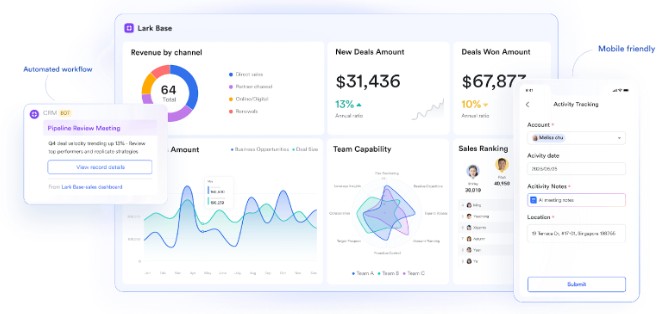
Reliability is what builds great customer relationships, and structure is what makes reliability. Lark Base makes that structure by putting responsibilities and duties in one location.
With configuration and workflow setup, Base connects possibilities to deliverables right away. As soon as a client accepts a contract, the same technology connects marketing, operations, and support to make sure that fulfillment starts immediately away. Marketing might use the Kanban view to plan what needs to be done for a campaign, while operations might utilize timelines to keep track of how resources are being spent.
Because everyone can see the same items, customers don’t have to worry about departments not being on the same page. In this database, everything goes as planned, similar to what a CRM app should bring for users.
Lark Messenger: Connecting communication to action
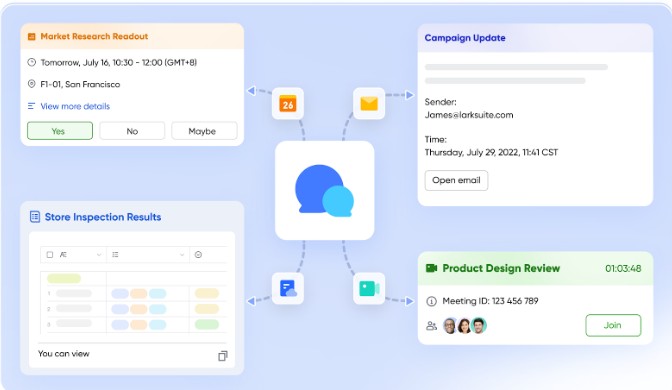
Customers desire quick answers, but it can take longer to respond when updates get buried in email threads or chat apps that aren’t related to the business. Lark Messenger fixes this by linking chats to workflows right away.
You may quickly turn a request from a customer on Messenger into a Task or link it to a Base record. Nothing gets lost between departments since files and modifications stay in context. Adding translation to the system makes it easy for teams from different countries to talk to each other without language barriers. This makes customers more interested in all areas.
Customers can tell the difference. Clients don’t hear, “We’ll check and get back to you.” Instead, they get swift, coordinated answers that reflect professionalism and build trust.
Lark Docs: Creating transparency in collaboration
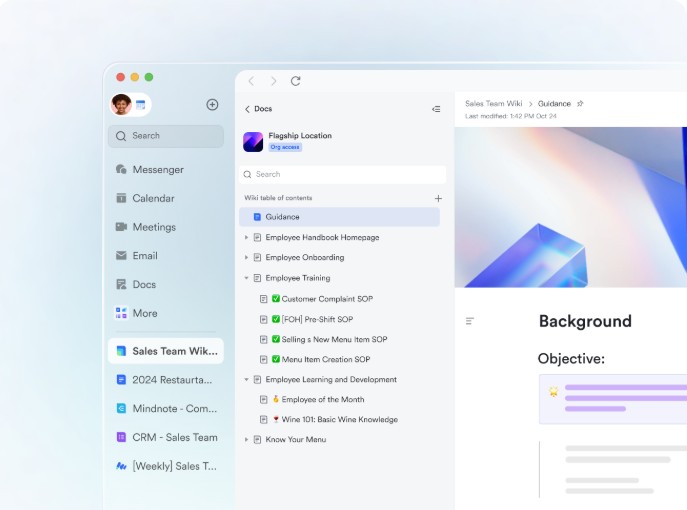
Customer-focused firms don’t just show customers the results at the end; they get them involved in the process. Lark Docs helps with this by making papers that are easy to read and work on collaboratively, where changes and comments are clear.
For instance, a consulting team can work with the people who matter to the customer to make changes to a draft strategy. You can watch changes happen right away, and it’s easy to notice comments because they are monitored. This helps people understand each other better. Because Docs are linked directly to Tasks and Calendar, changes that everyone agrees on happen straight away.
Being honest makes relationships stronger. Customers know that their concerns are being heard, see their comments represented, and trust that working together will lead to meaningful progress. Docs transform static files into proof that a relationship exists.
Lark Approval: Streamlining customer-impacting decisions
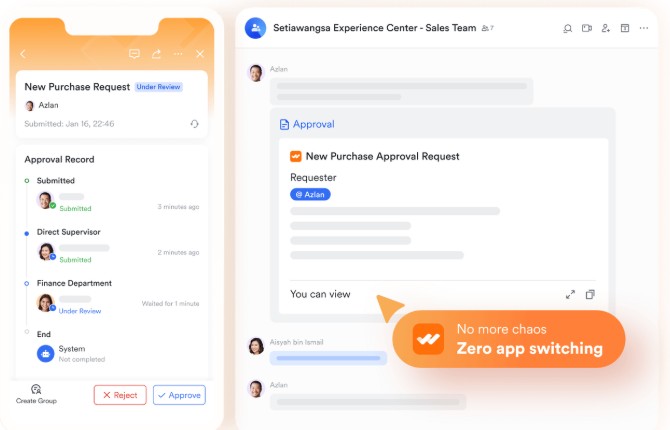
Long internal clearances can make customers unhappy. Even though the order is ready, the budget might not have been signed off yet. Even though competitors move faster, a plan might have to wait for approval from the top. Lark Approval lowers these risks by putting choices into mechanisms that are already in place.
One system sends requests to the right people automatically, and employees can always see where they are. If others can see the status, they don’t have to send the same request again or resend it. Because Approval makes it possible for an automated workflow, reminders and escalations make sure that decisions don’t get stuck.
The ultimate consequence is that the customer has a better time. Customers don’t see problems inside the company; they see a company that reacts quickly, does what it says it will do, and delivers with confidence.
Lark Calendar: Aligning commitments with customers
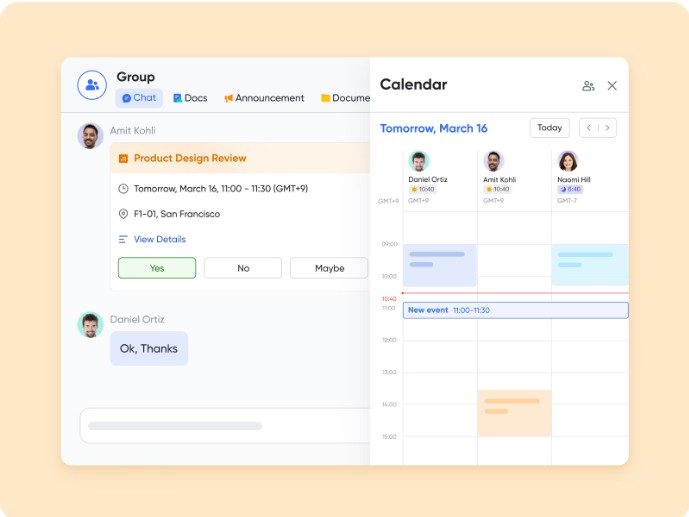
Good customer relationships depend on trust, and trust depends on delivering on time. Lark Calendar makes sure that all departments can easily see and understand the deadlines.
When you establish goals in Base, they automatically show up in Calendar. This way, everyone has the same schedule. Sales, support, finance, and operations can all see when a product will be delivered. Linked docs and agendas assist workers to get ready for meetings with clients, so the talks quickly turn into action.
Automatic time zone changes stop scheduling blunders that make clients around the world lose faith. Calendar makes sure that promises are honored, not just made.
Lark Mail: Extending transparency to external communication
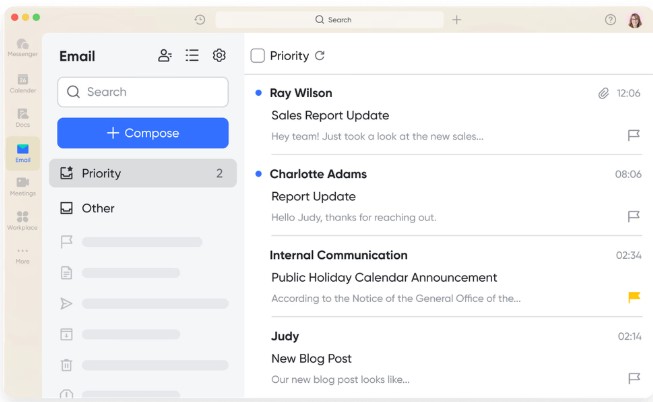
Email is still the main way for customers to talk to each other, but it’s easy to forget about changes when they get locked in personal inboxes. Lark Mail fixes this by putting email in the same system that manages tasks and projects.
You can embed emails within Lark Docs for easy reference and sharing. When reading the document, teams further down the line and see it immediately. Attachments stay linked to the document involved, so you always know which version is correct. The updates don’t only languish in one person’s inbox; they go right to the system where they are done.
This transparency makes sure that all customers enjoy the same experience. They don’t notice the problems that organizational silos cause; they just like working with a partner who is dependable and quick to respond.
Conclusion
Being customer-focused isn’t simply the job of one department; it’s the job of the whole firm. When tools are broken up into distinct sections, customers experience delays, discrepancies, and disappointed expectations. Lark and other unified platforms make it possible to use work to establish stronger relationships.
Base offers things a structure, Messenger links talking to doing, Docs make working together apparent, Approval speeds up decisions with automation, Calendar keeps commitments, and Mail makes sure that talking to customers is linked to doing. These parts work together to create customer-focused operations that build trust and long-term loyalty.
To develop good relationships with customers, businesses can’t only make promises; they need methods that work all the time. By integrating their workflows, businesses can turn operational clarity into consumer trust.
